Microplastics – what are they actually?
Microplastics are small particles that are usually less than 5 millimeters in size and barely visible to the human eye. Water-soluble, liquid, wax, and gel-like plastics are generally not considered microplastics. Their environmental impacts have not yet been sufficiently researched.
Microplastics are either manufactured industrially or created when larger plastic pieces, such as plastic bags, break down into their individual components. Microplastics are found in cosmetics, primarily as beads in scrubs and shower gels, and as fillers or binders in creams, lipsticks, and other products.
Why is microplastic harmful?
The main problems with microplastics are that, on the one hand, they are mostly made from the scarce raw material petroleum and, on the other hand—even worse—they are not biodegradable. Thus, they enter our environment and our oceans unfiltered in incalculable quantities.
Furthermore, sewage treatment plants are not yet able to completely filter the tiny particles out of the water, so the microscopic particles end up in our water and, through it, in our fields and the air. They are completely trapped in a cycle in which they do not belong.
They remain there for centuries, serving as a carrier for pesticides and environmental toxins that settle on them, and now function as a supposed food source for marine organisms such as fish, mussels, and worms. Microplastics in water act like a magnet for toxins, attracting and holding them, so that the ingestion of the particles by living organisms leads, for example, to tumor formation and increased mortality rates. As if this weren't dramatic enough, we are also attacking our own health with microplastics, as these "charged toxins" end up on our plates via the cycle (ocean, agriculture, etc.).
Often, additional additives are added to the plastic to achieve additional properties. BPA (bisphenol A), to name one of these additives, has not yet been sufficiently researched, but already has a reputation for being potentially harmful to health.
Microplastics in cosmetics?
Of the 300 million tons of plastic produced worldwide each year, according to the German Environment Agency, an entire garbage truckload of plastic ends up in the oceans every minute. (see https://www.umweltbundesamt.de)
According to a 2016 study by the consumer platform Codecheck, up to 2.8 million plastic particles can enter the oceans from a single tube of scrub. One of the most well-known microplastics, polyethylene, was still found in one in three scrubs and one in five lipsticks, despite voluntary commitments by some major cosmetics manufacturers to eliminate the use of microplastics in their products in the future. Codecheck also shows that microplastics are present in cosmetic products under a variety of names. For example, it can be found as nylon-12 in makeup or acrylates copolymer in shower gels.
The BUND has written a shopping guide entitled “Microplastics – the invisible danger,” which lists the following microplastics most commonly found in cosmetics:
| Fabrics | Effect |
|---|---|
| Polyethylene (PE) | film-forming, viscosity-changing, supports the cleaning effect and increases shine |
| Polypropylene (PP) | viscosity-changing |
| Polyethylene terephthalate (PET) | film-forming |
| Nylon-12 | viscosity-changing, reduces bulk density and transparency |
| Nylon-6 | viscosity-changing, reduces bulk density and transparency |
| Acrylates Copolymer (AC) | reduces static surface electricity, ensures the binding of cosmetic products, film-forming |
| Acrylates/C10-30 Alkyl Acrylate Crosspolymer (ACS) | emulsion-forming, film-forming, viscosity-changing |
| Polymethyl methacrylate (PMMA) | film-forming |
| Polyquaternium (P) | film-forming, reduces static surface electricity |
| Polyacrylates (PA) | film-forming |
| Polystyrene (PS) | Viscosity-modifying, stabilizing. |
After all, the proportion of microplastics in our environment resulting from cosmetics is not the most important. Nevertheless, and this is crucial, it is preventable!
The following sites offer support in the search for products without microplastics:
- Greenpeace offers a microplastic checklist of the most common plastics in cosmetics and personal care products. https://www.greenpeace.de/sites/www.greenpeace.de/files/publications/20170502-greenpeace-kurzinfo-plastik-kosmetik.pdf
- BUND offers a helpful negative list. It names the products that contain microplastics. https://www.bund.net/fileadmin/user_upload_bund/publikationen/meere/meere_mikroplastik_einkaufsfuehrer.pdf
- The smartphone app Codecheck uses a barcode scan to inform you about all questionable ingredients based on scientific assessments, tells you whether and what type of microplastics are present, and suggests alternatives. https://www.codecheck.info/so-gehts/start
And for those who want it even simpler, the magic word is: natural cosmetics.
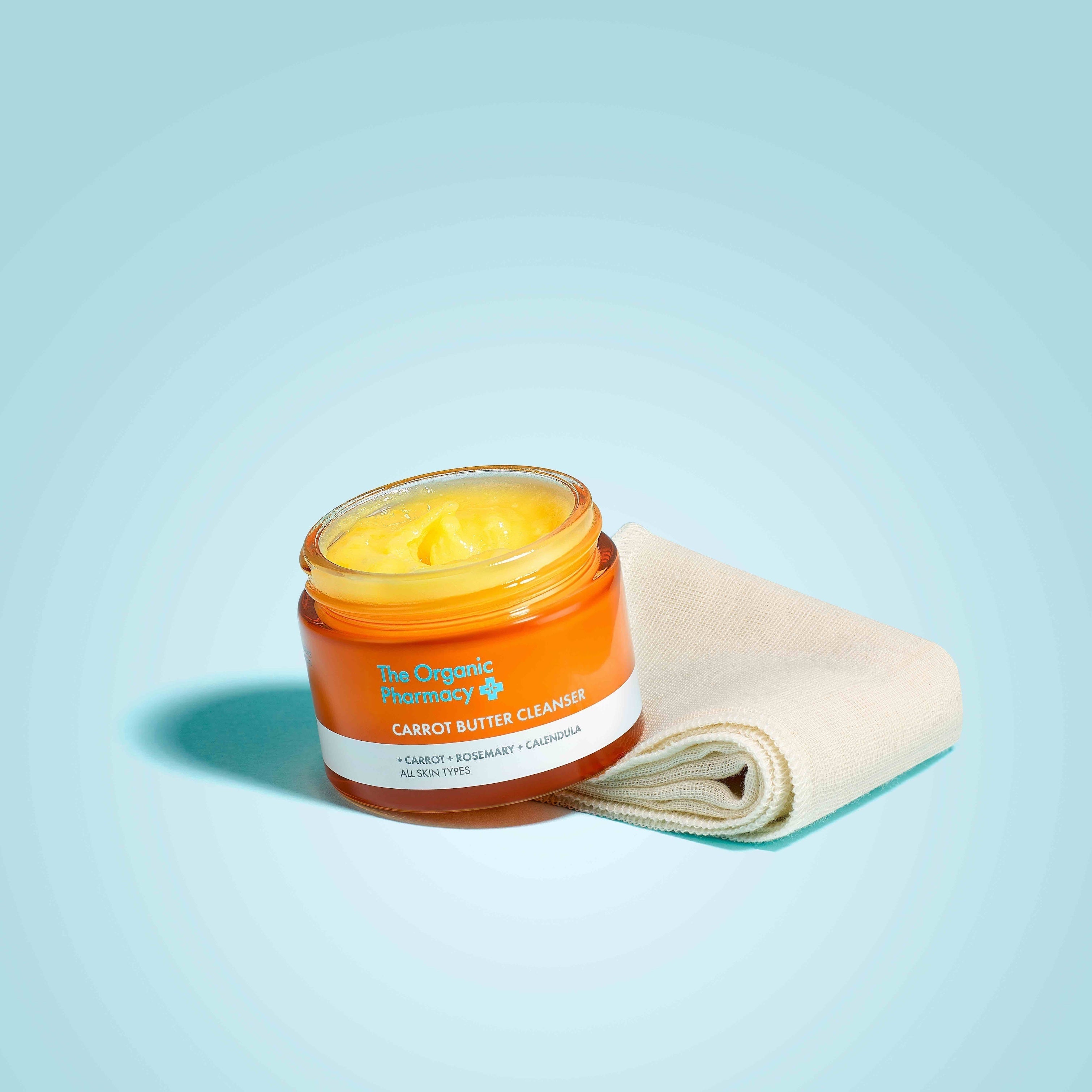
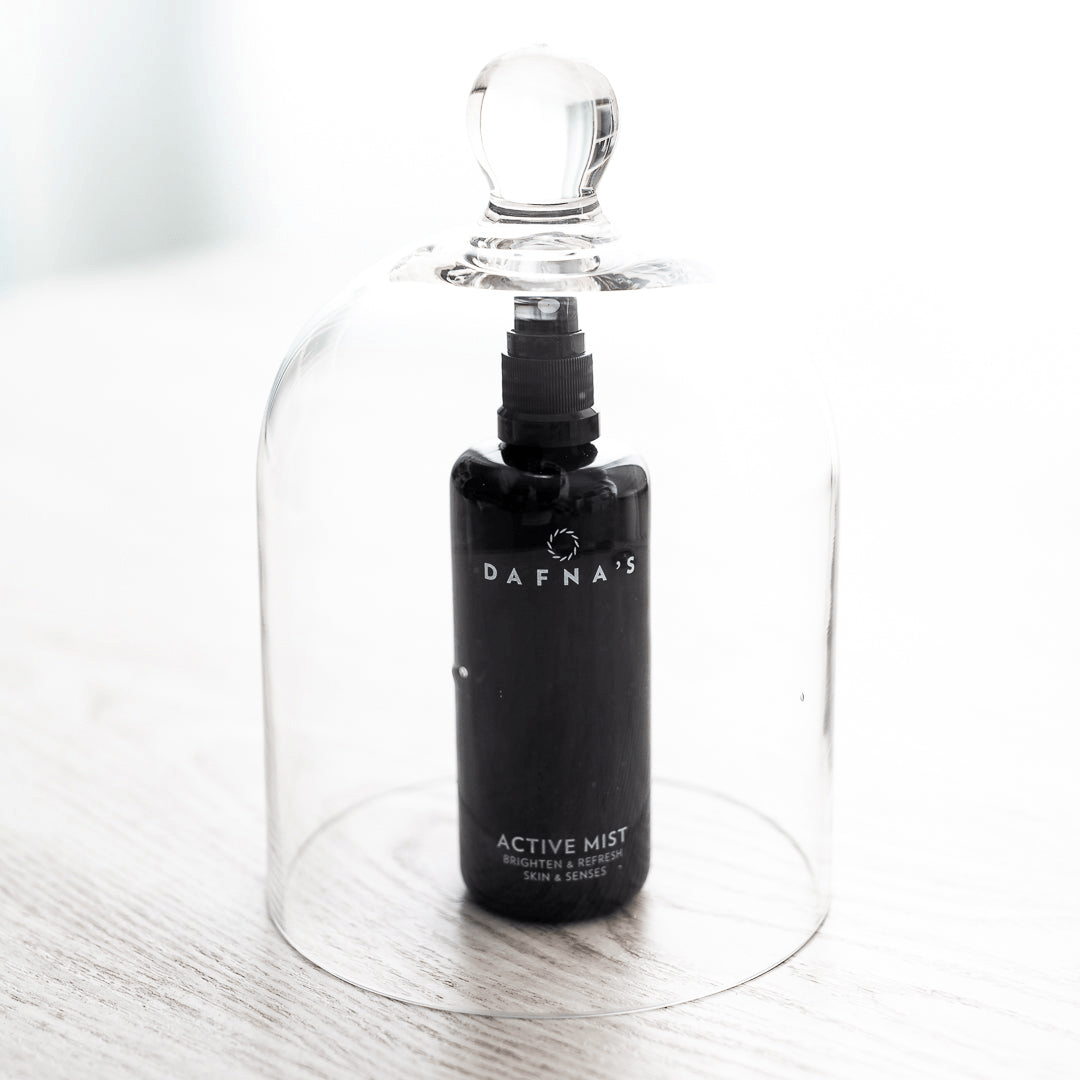
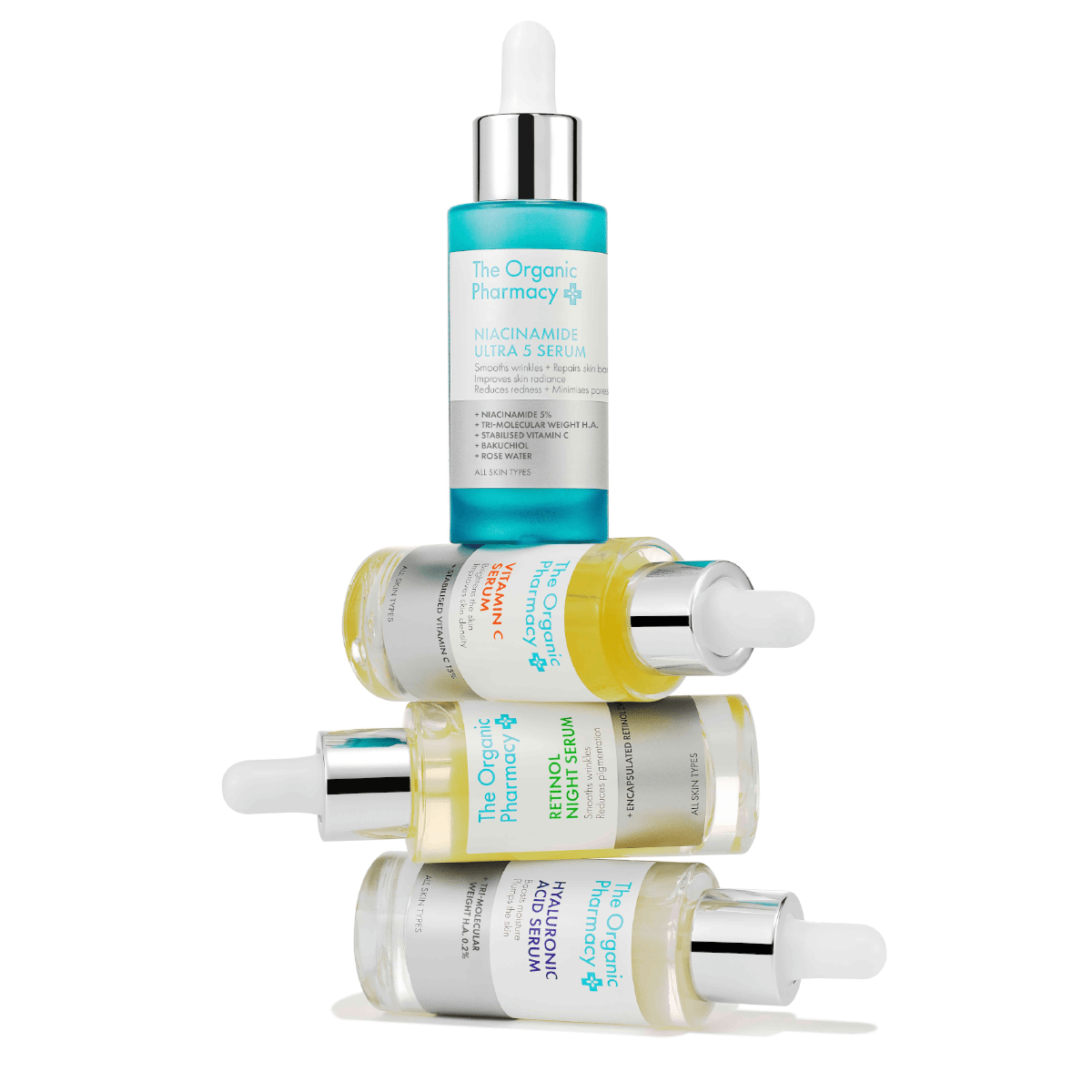
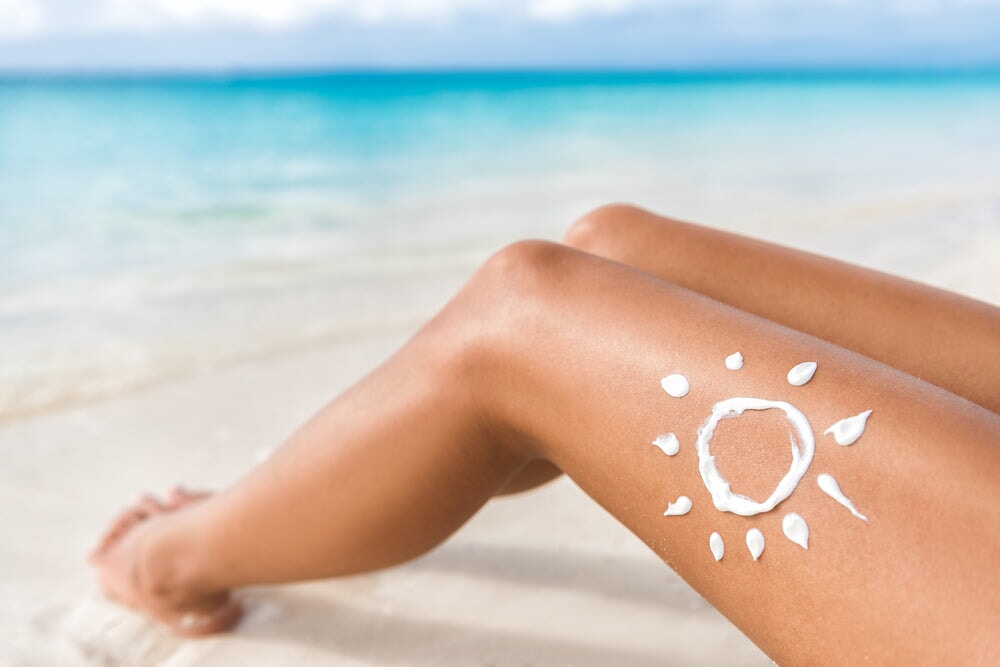
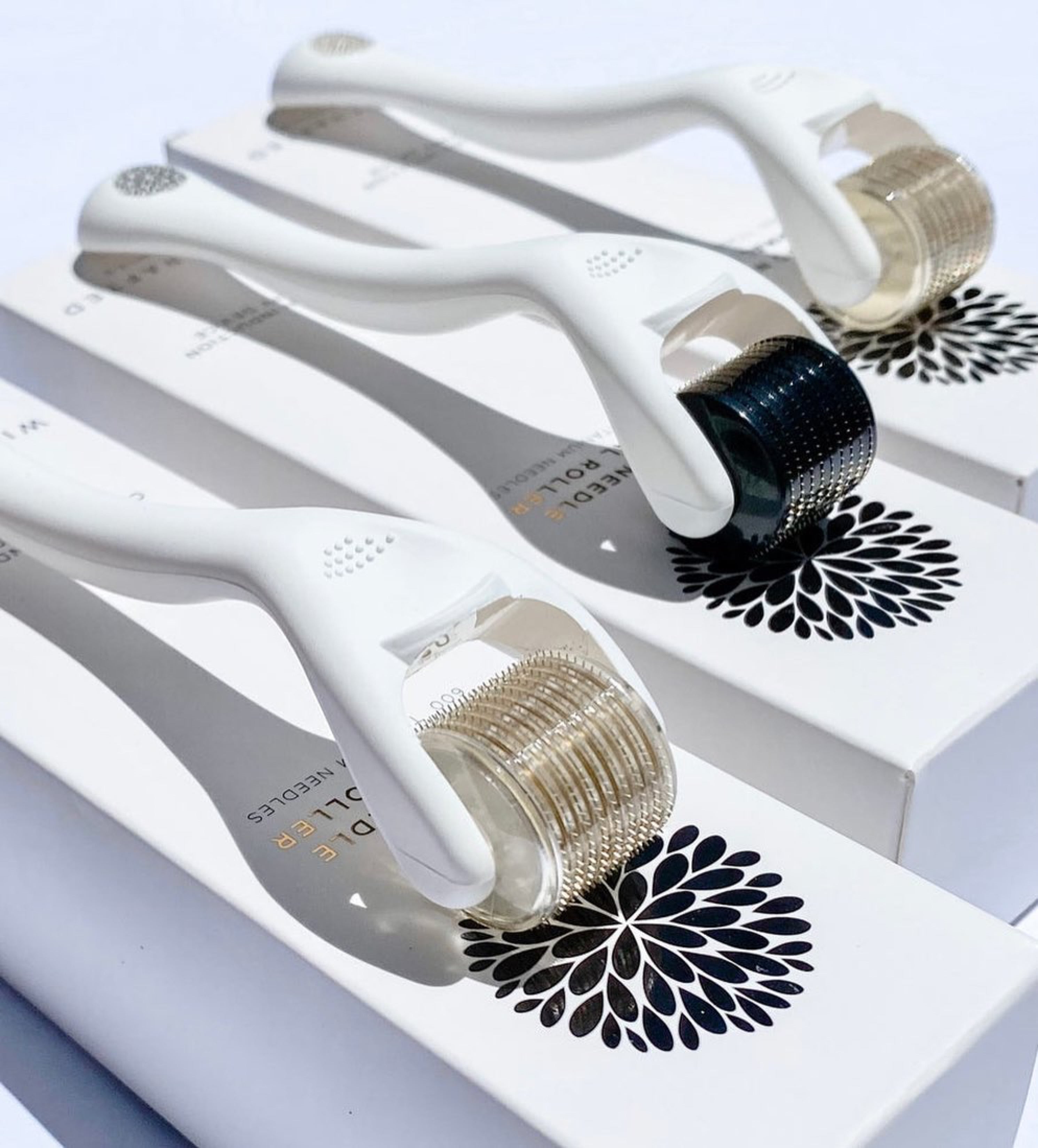
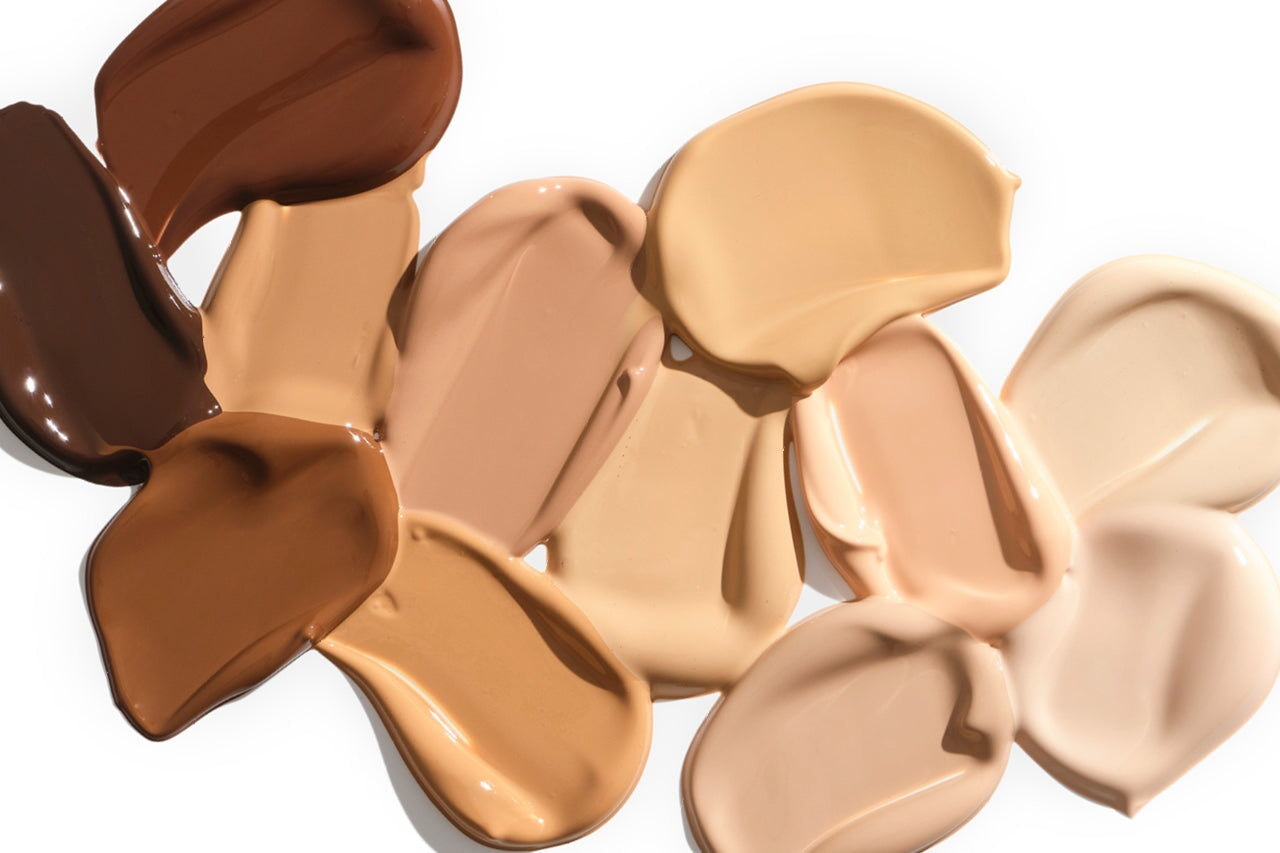
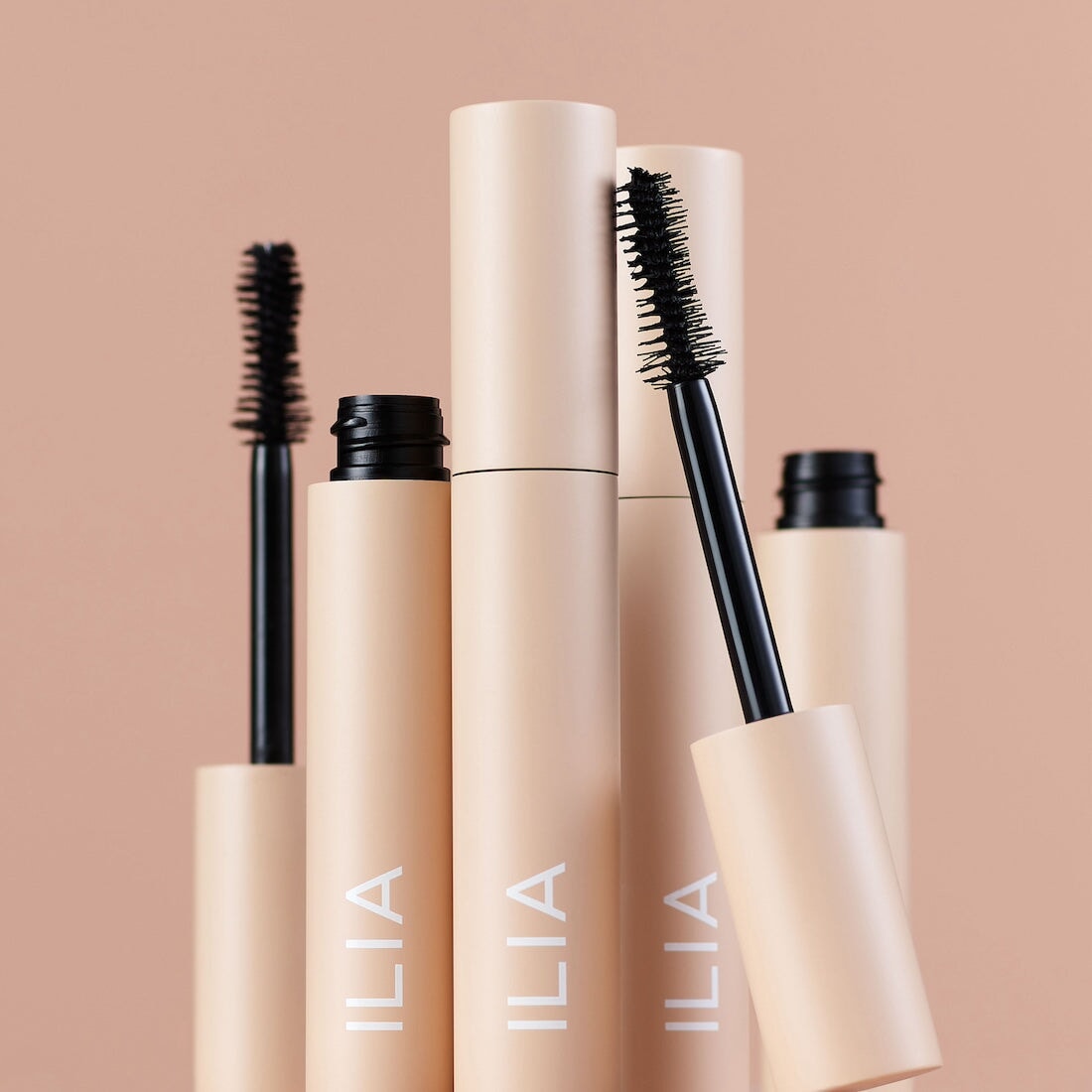
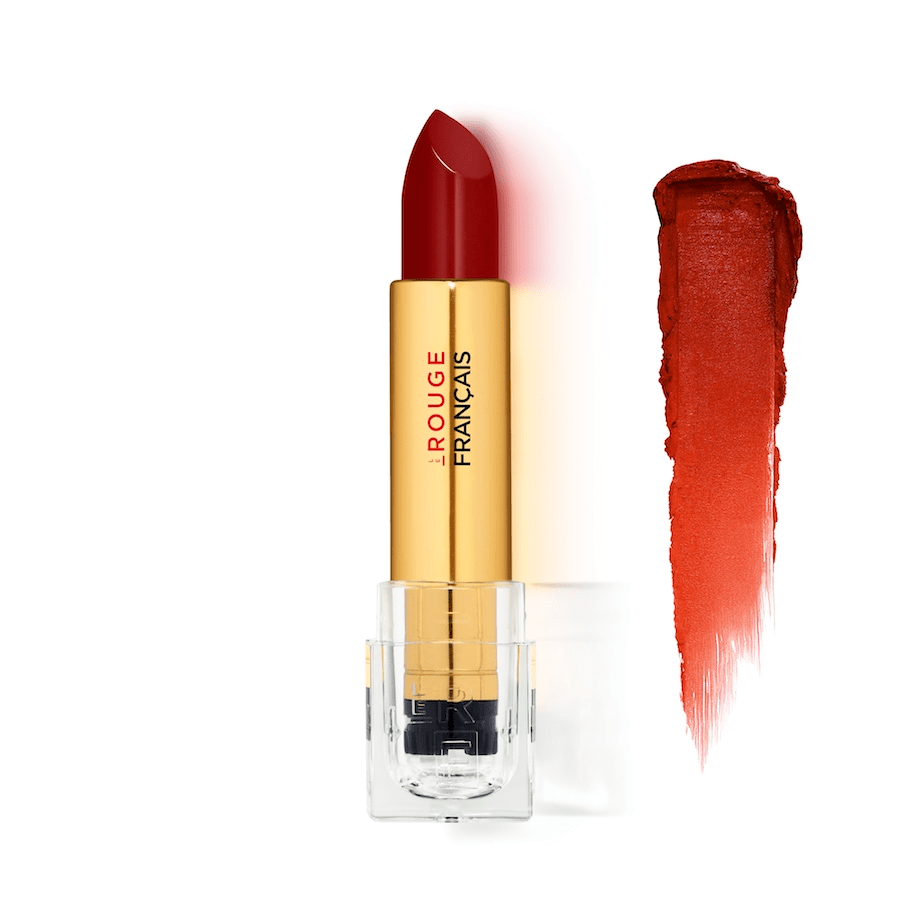
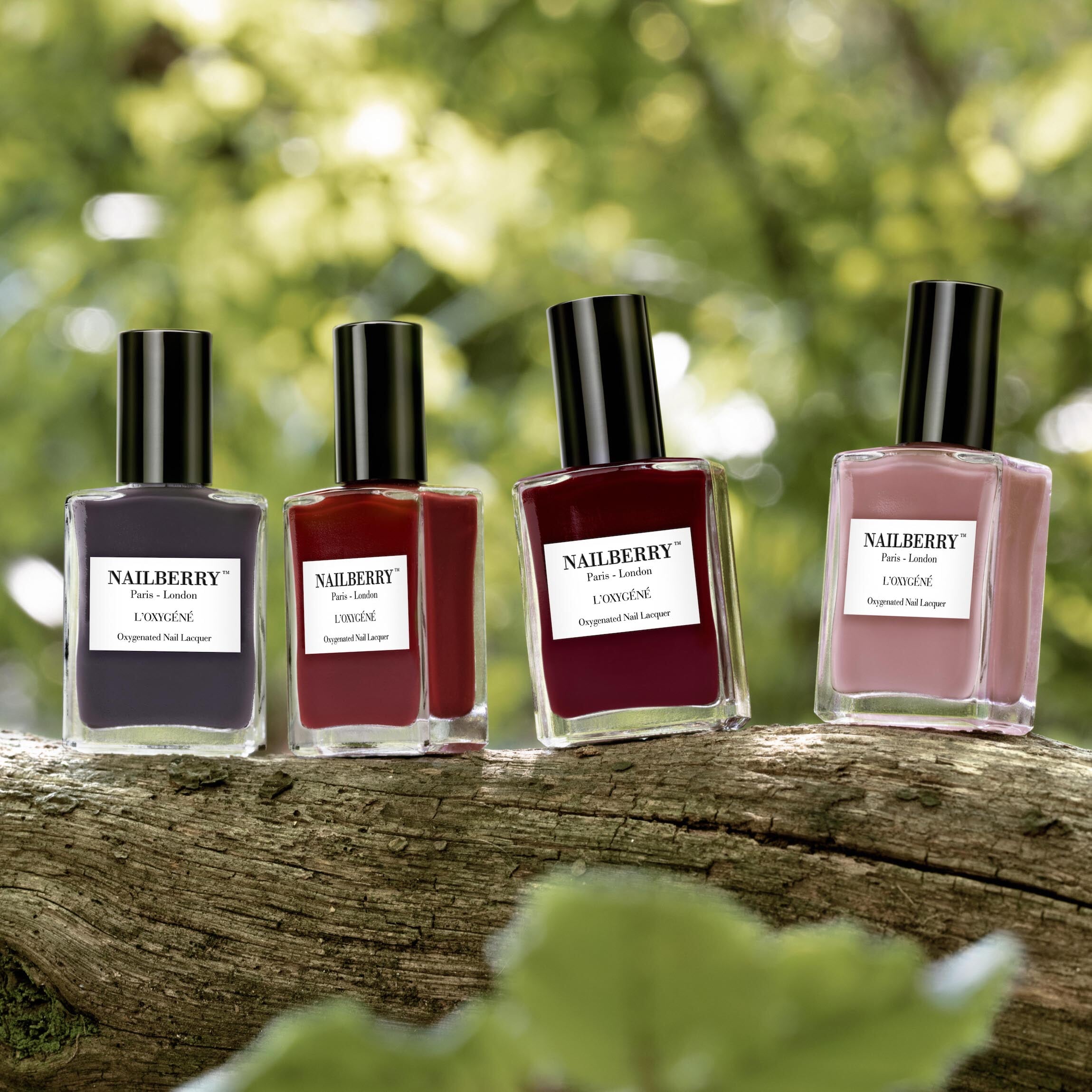
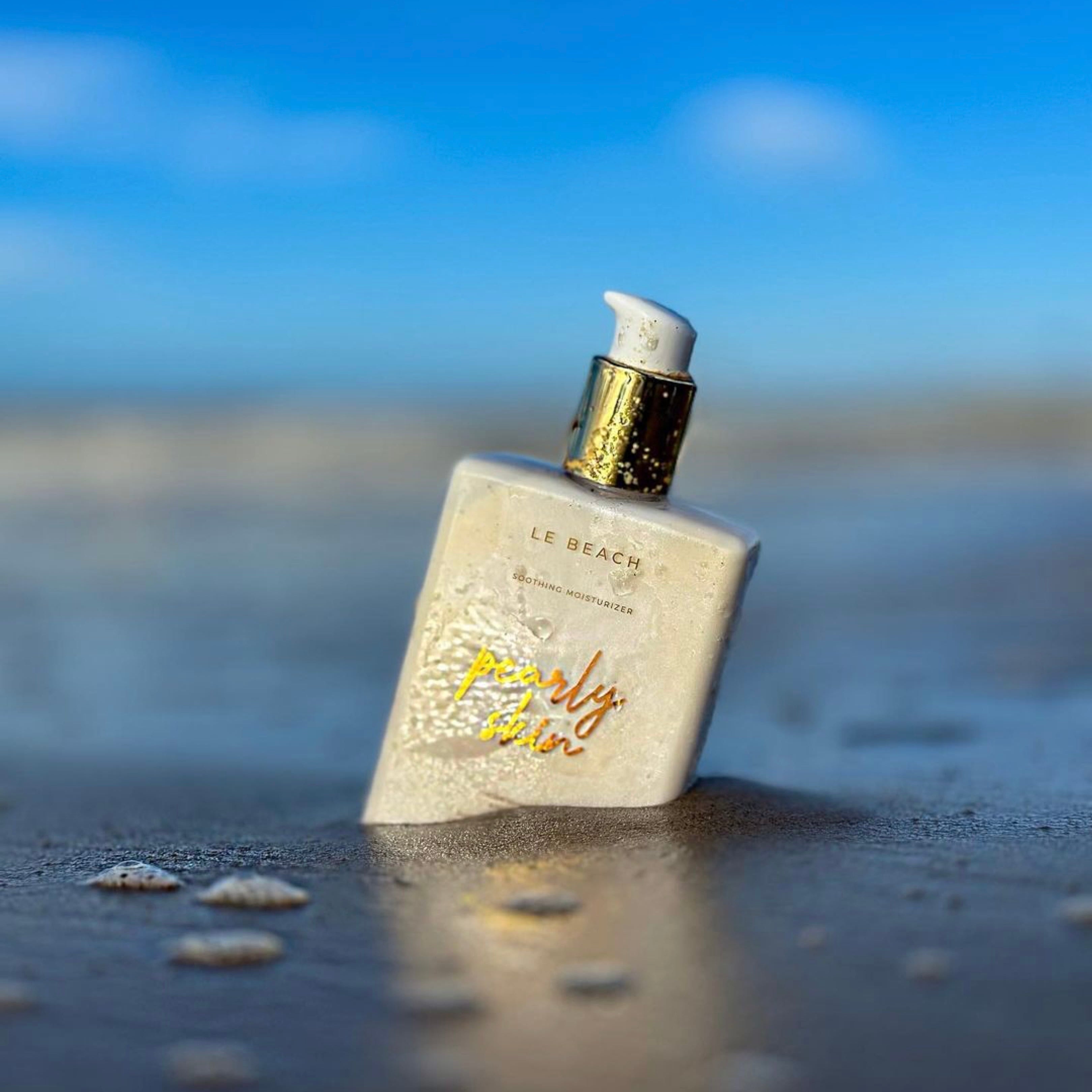


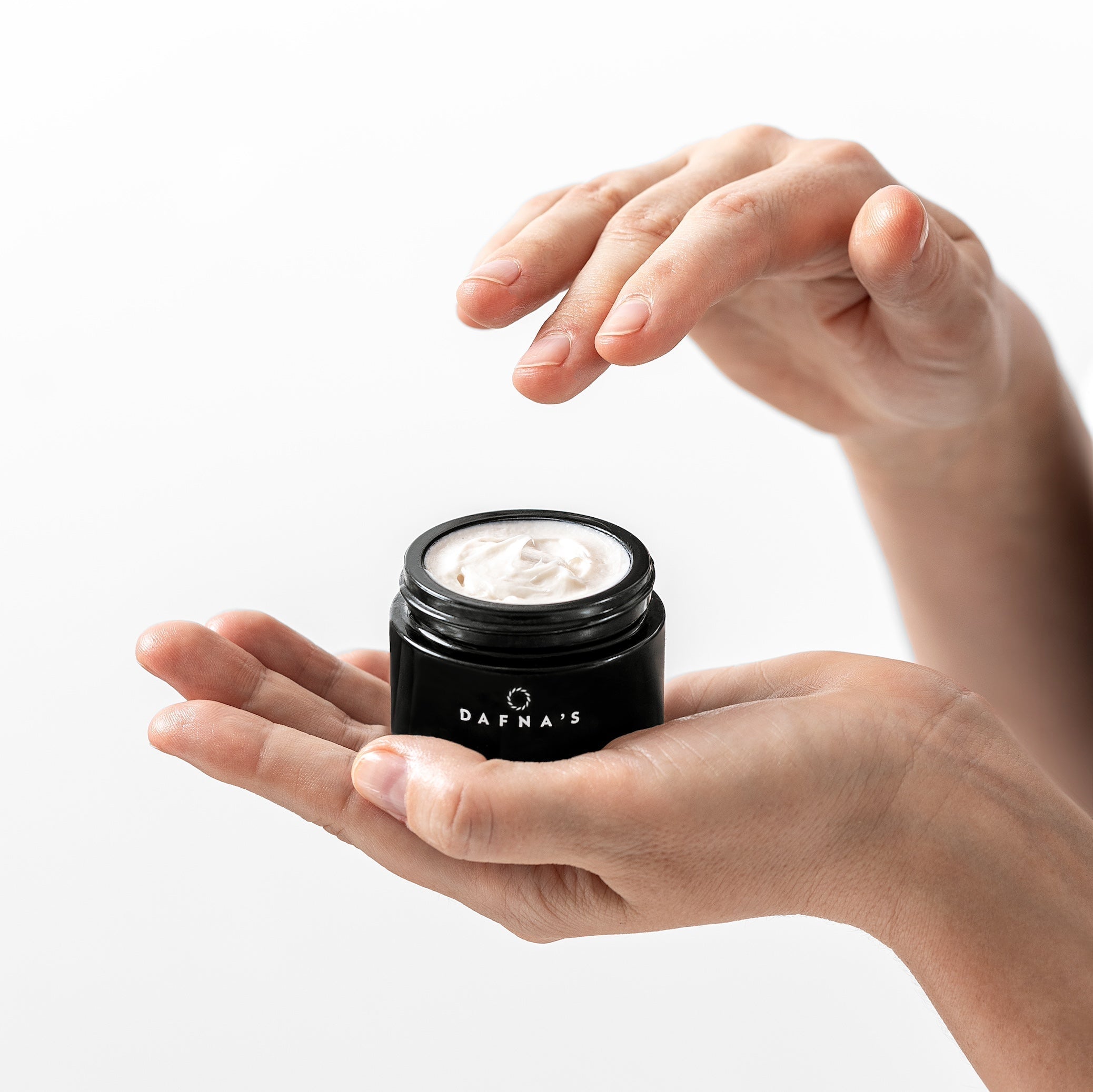
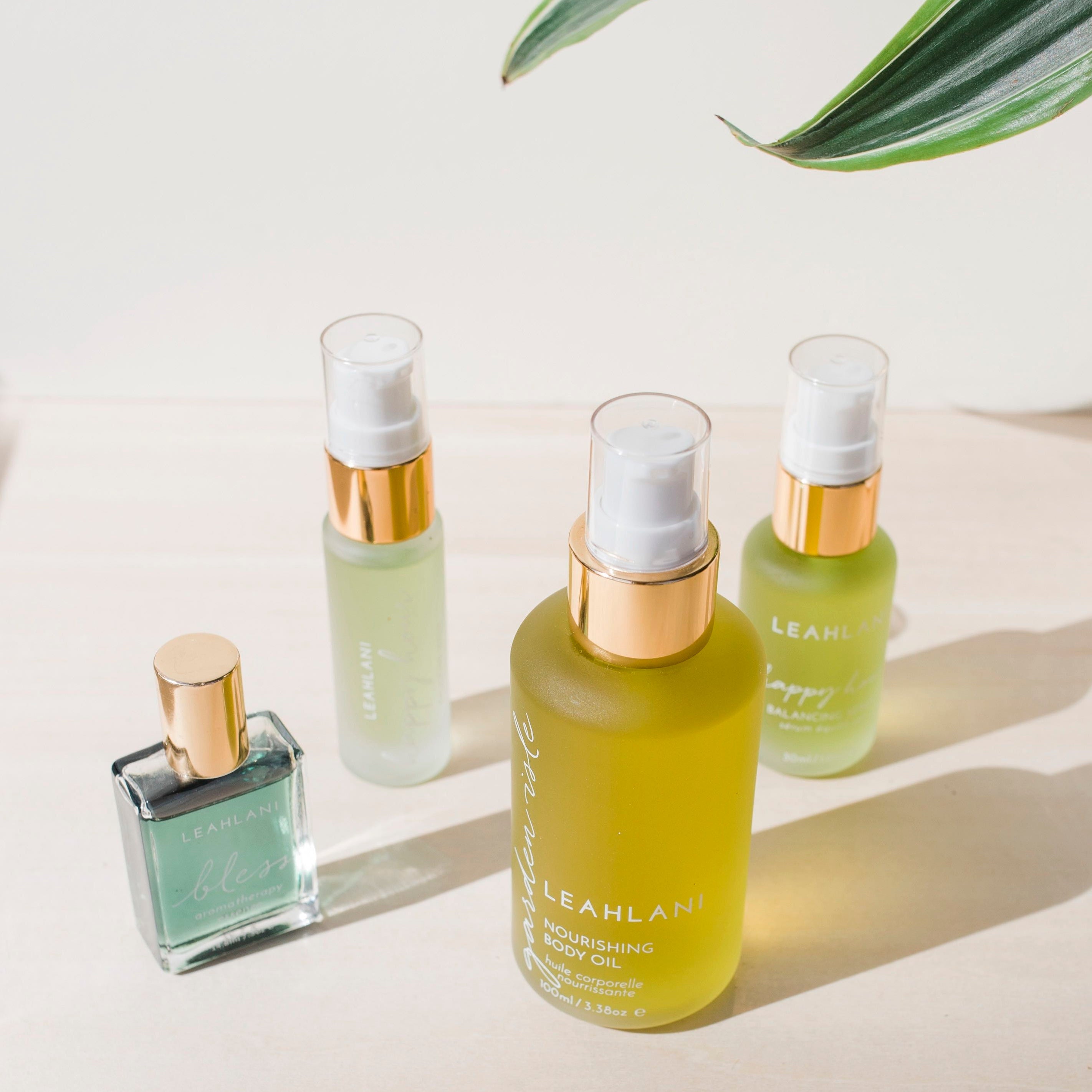
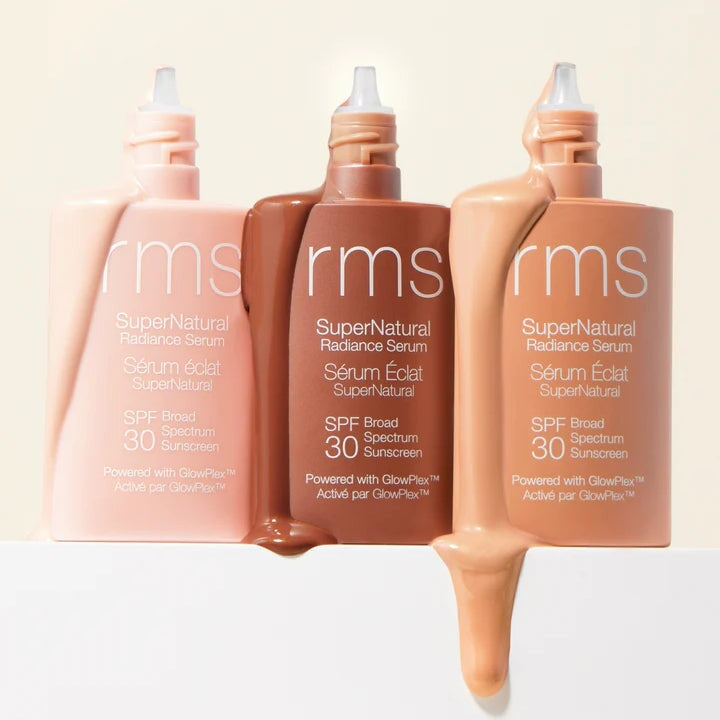

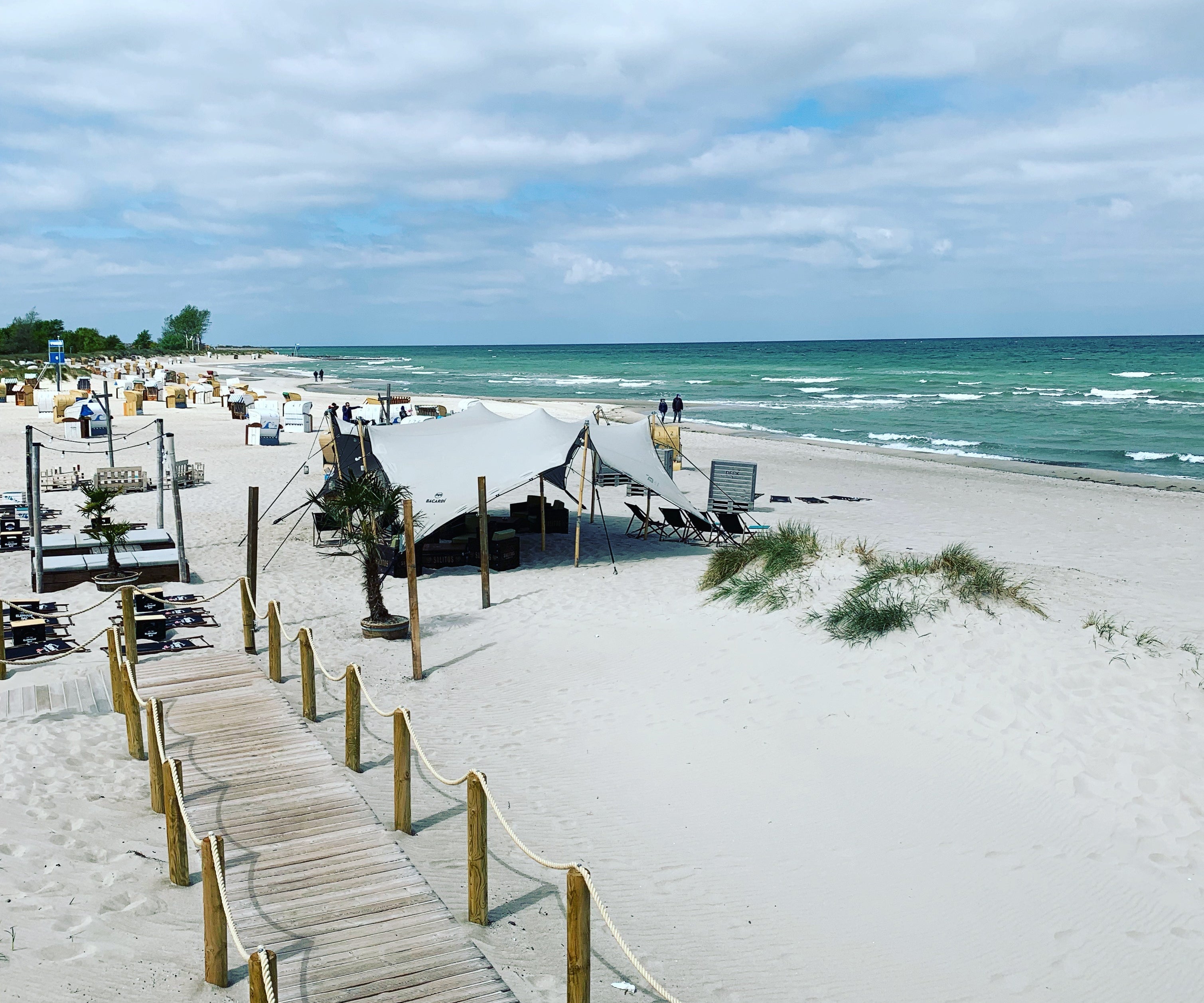
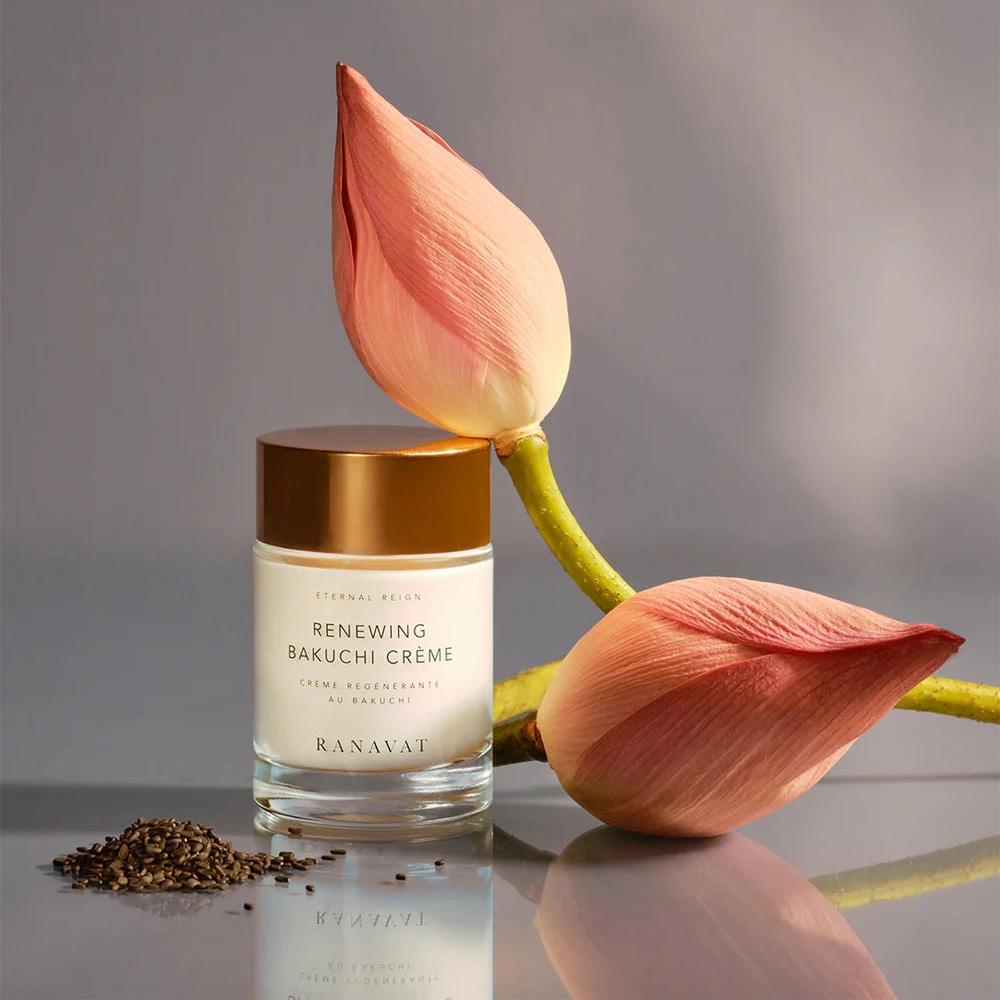
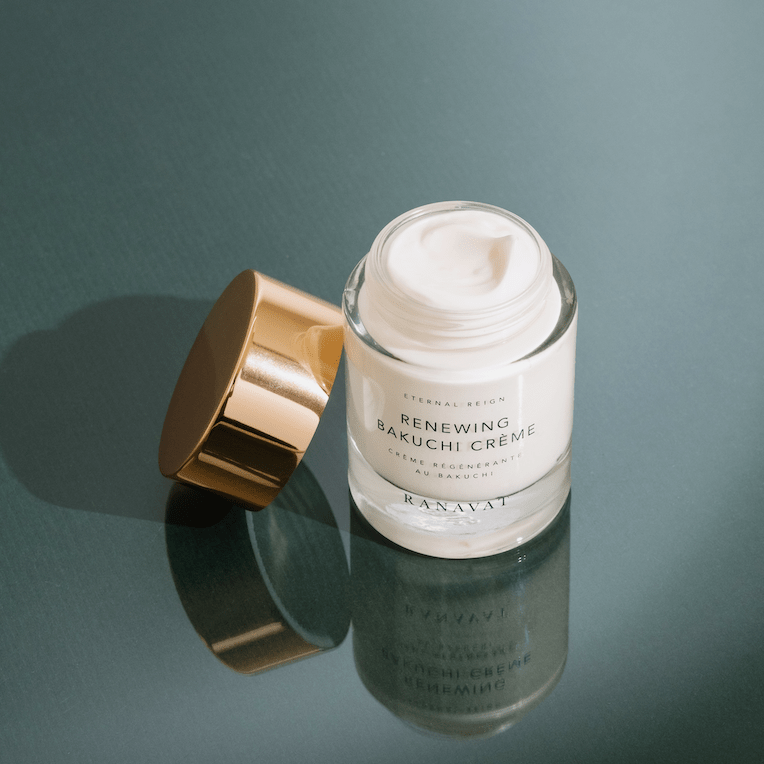
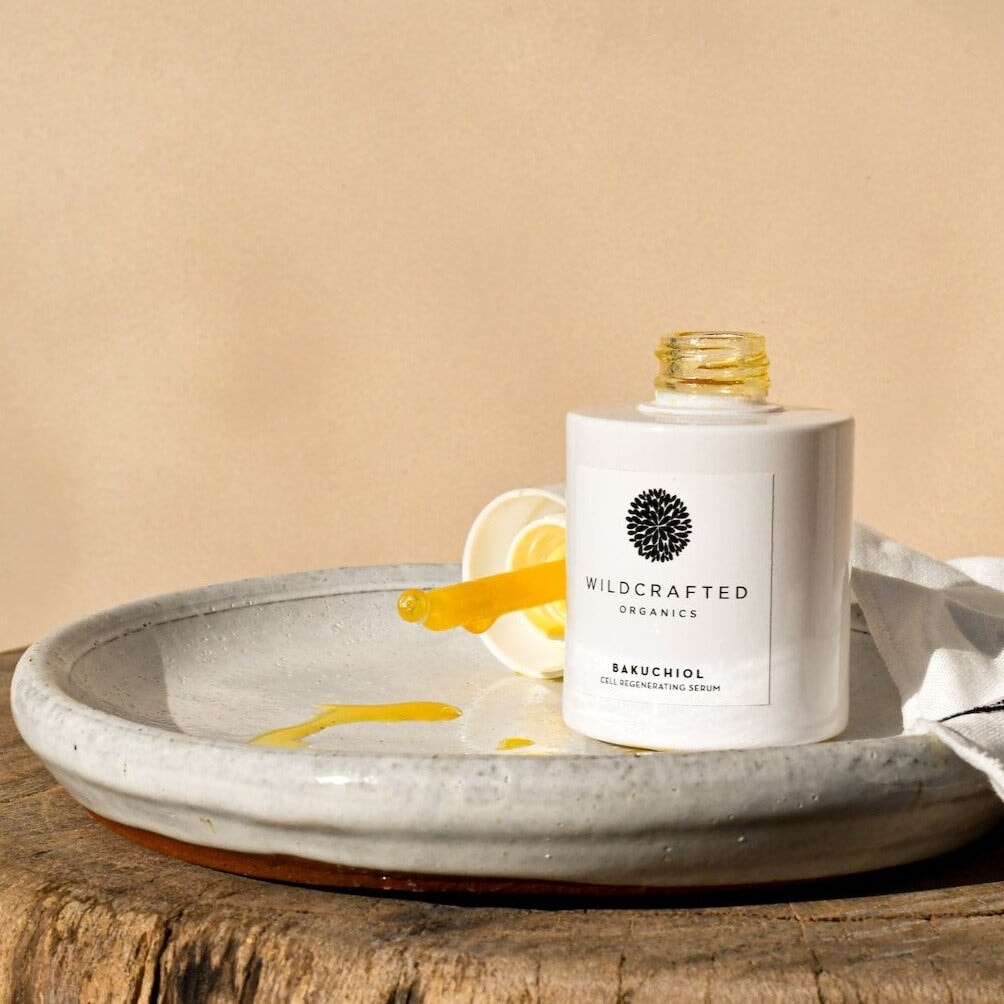
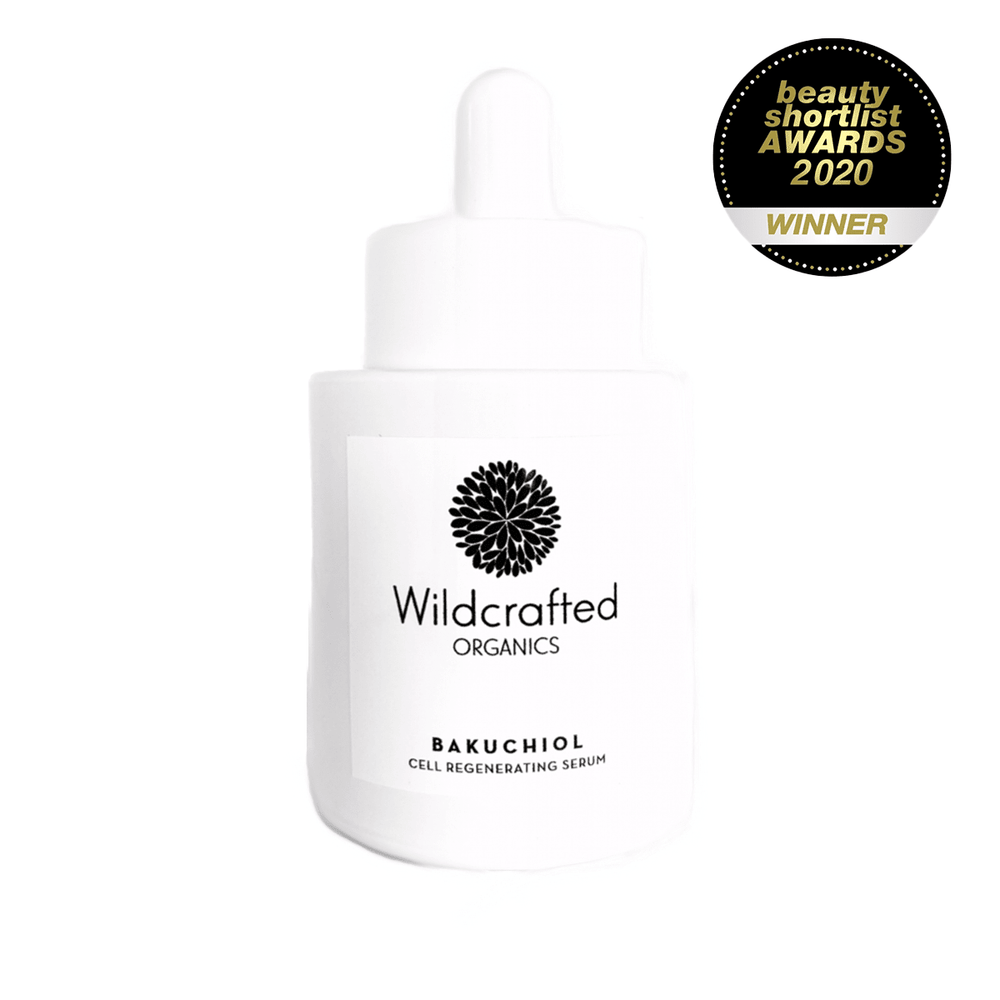
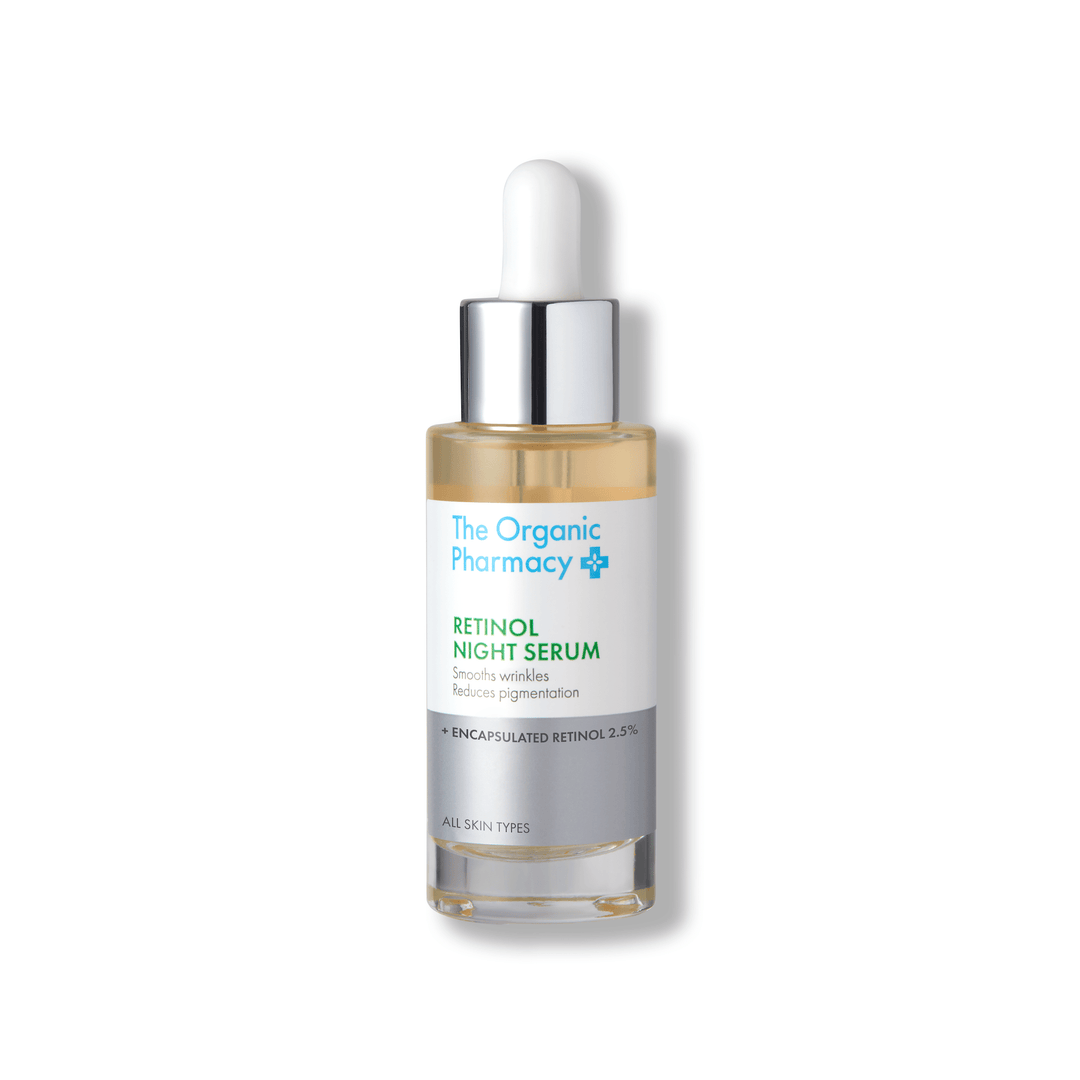
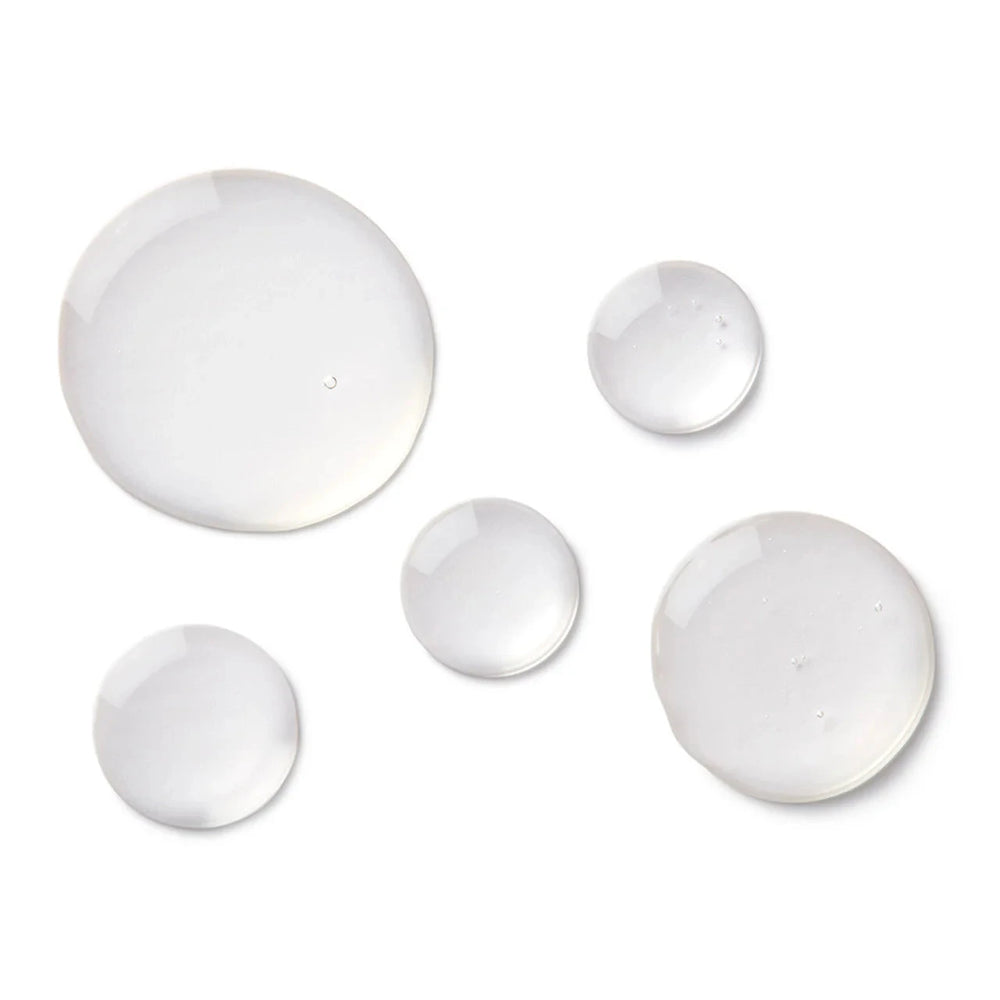
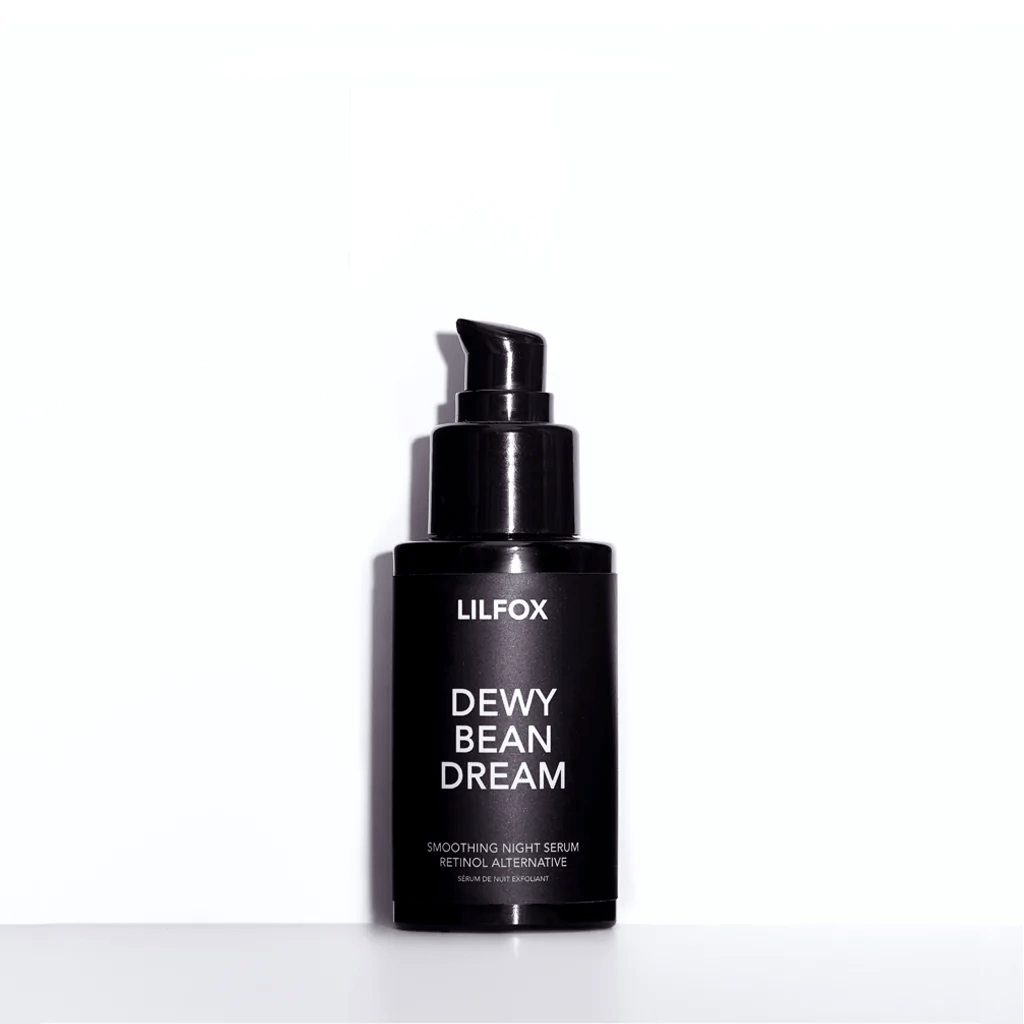
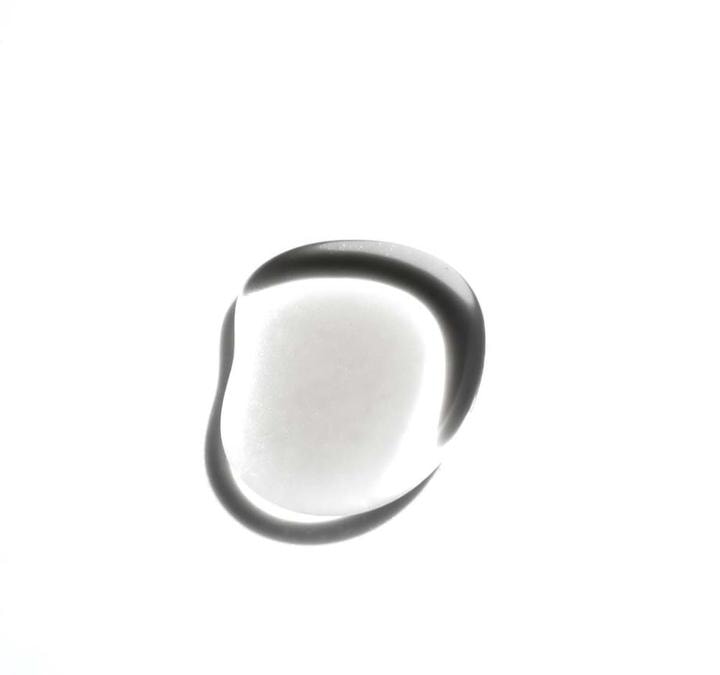
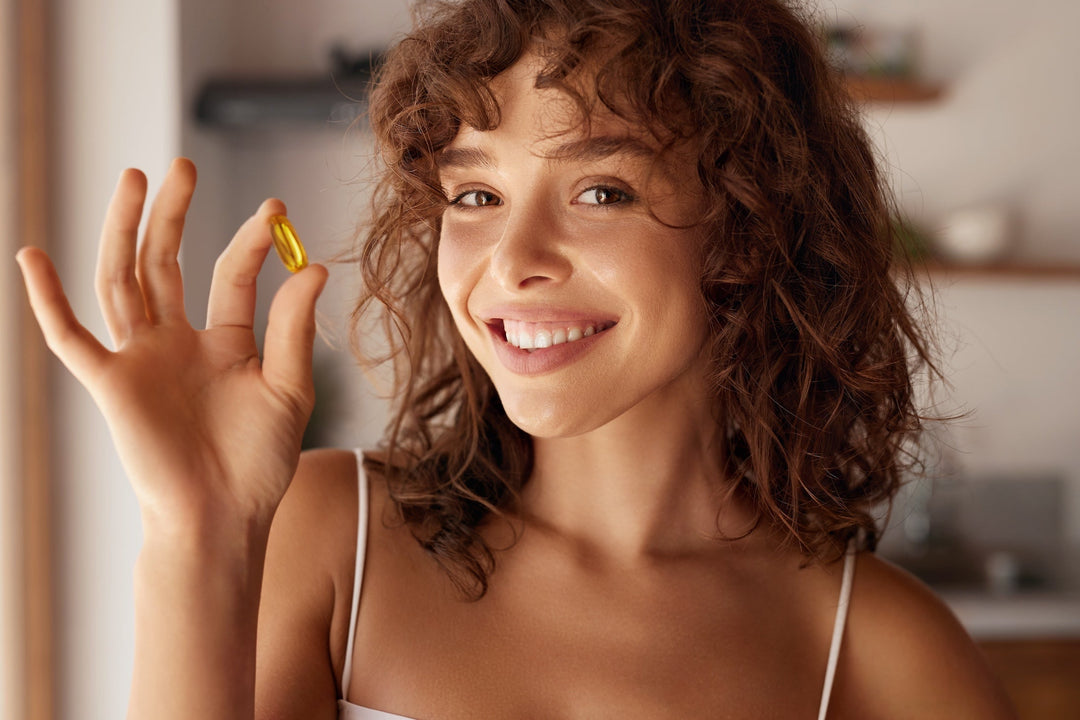
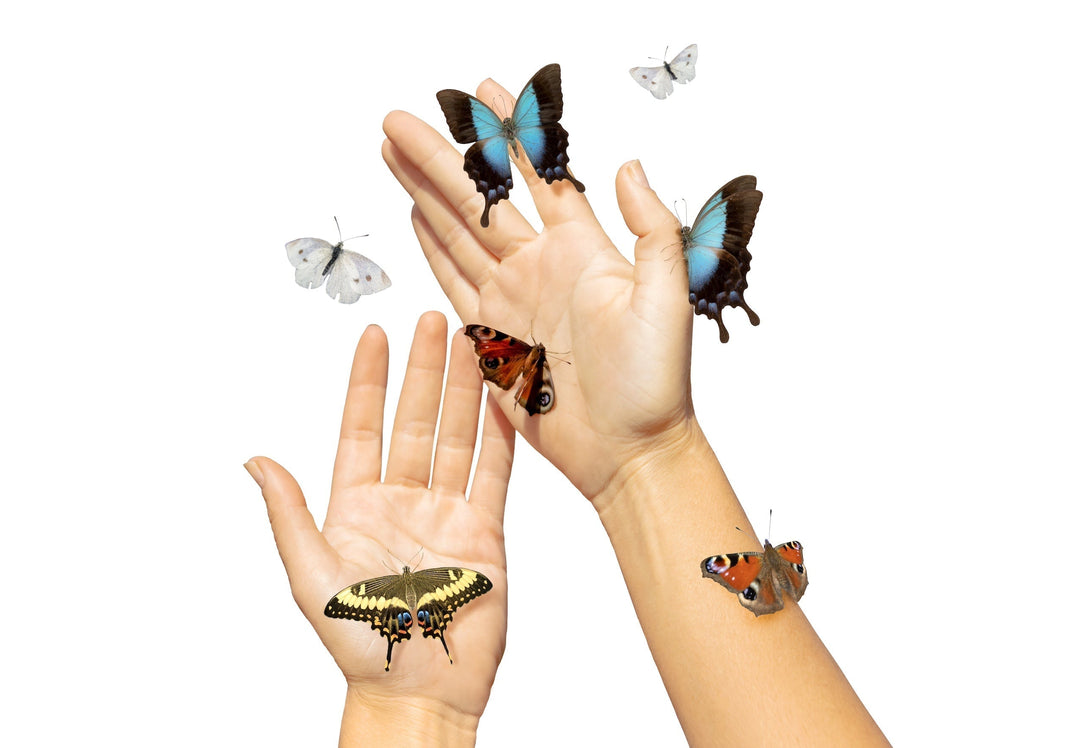
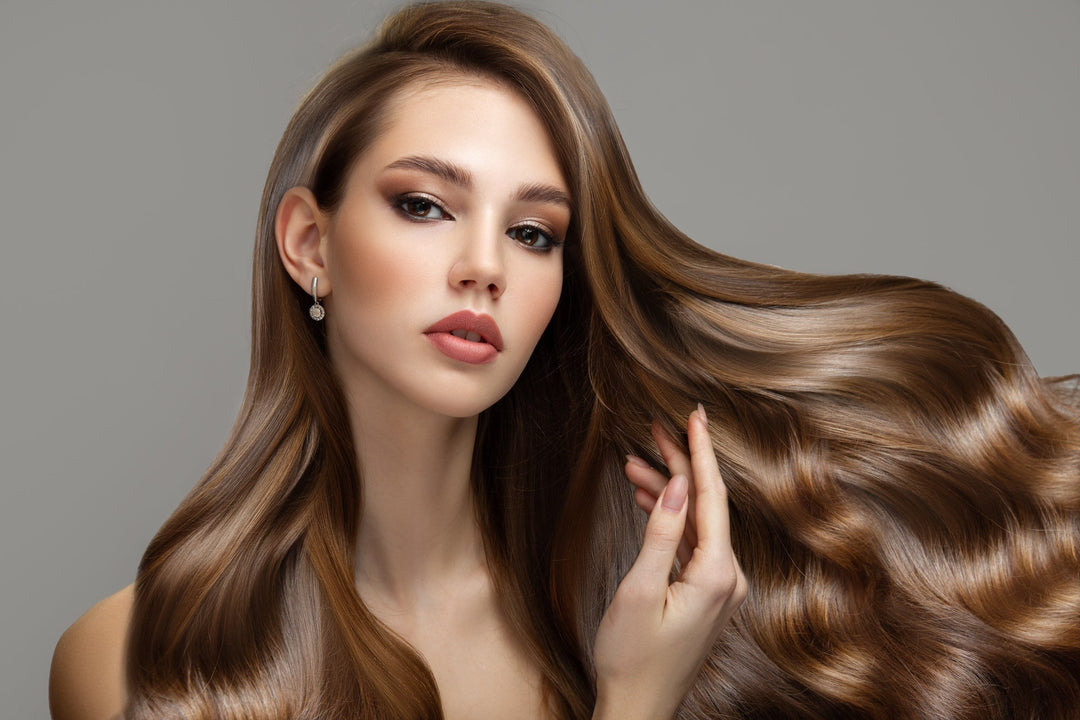
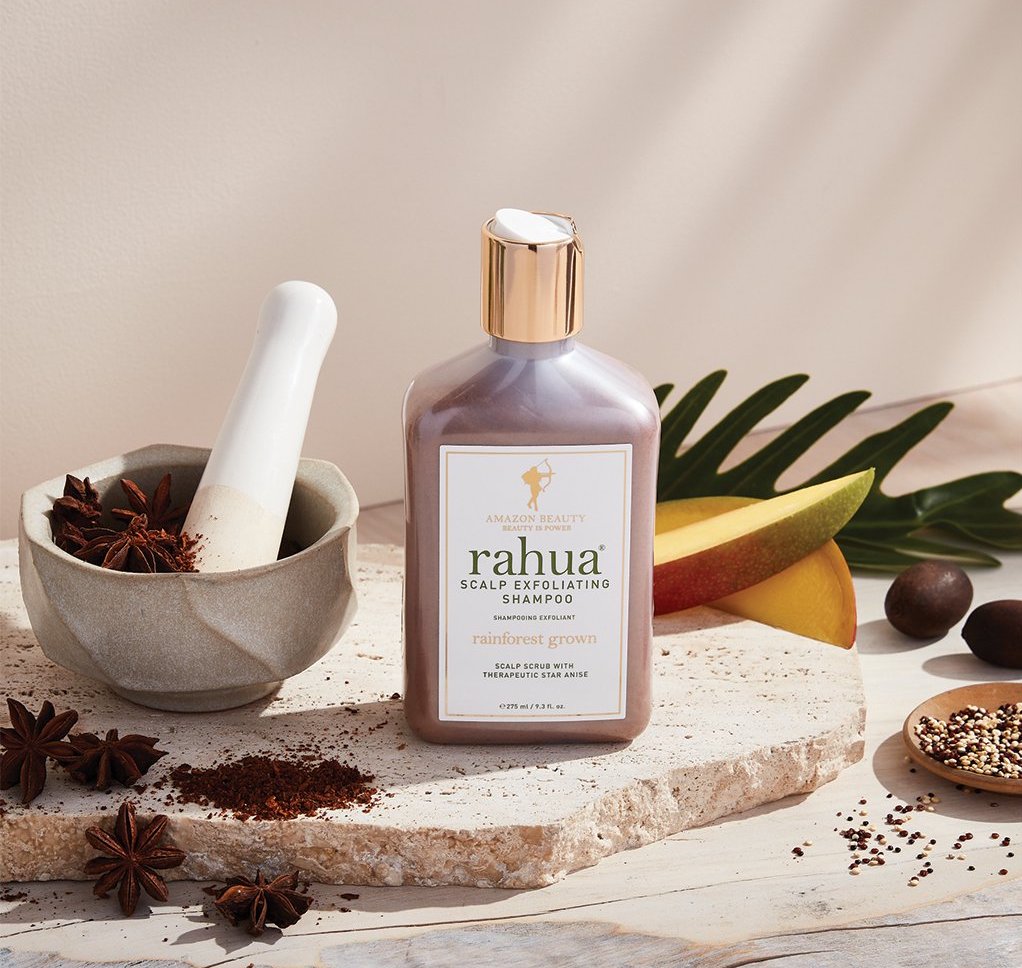
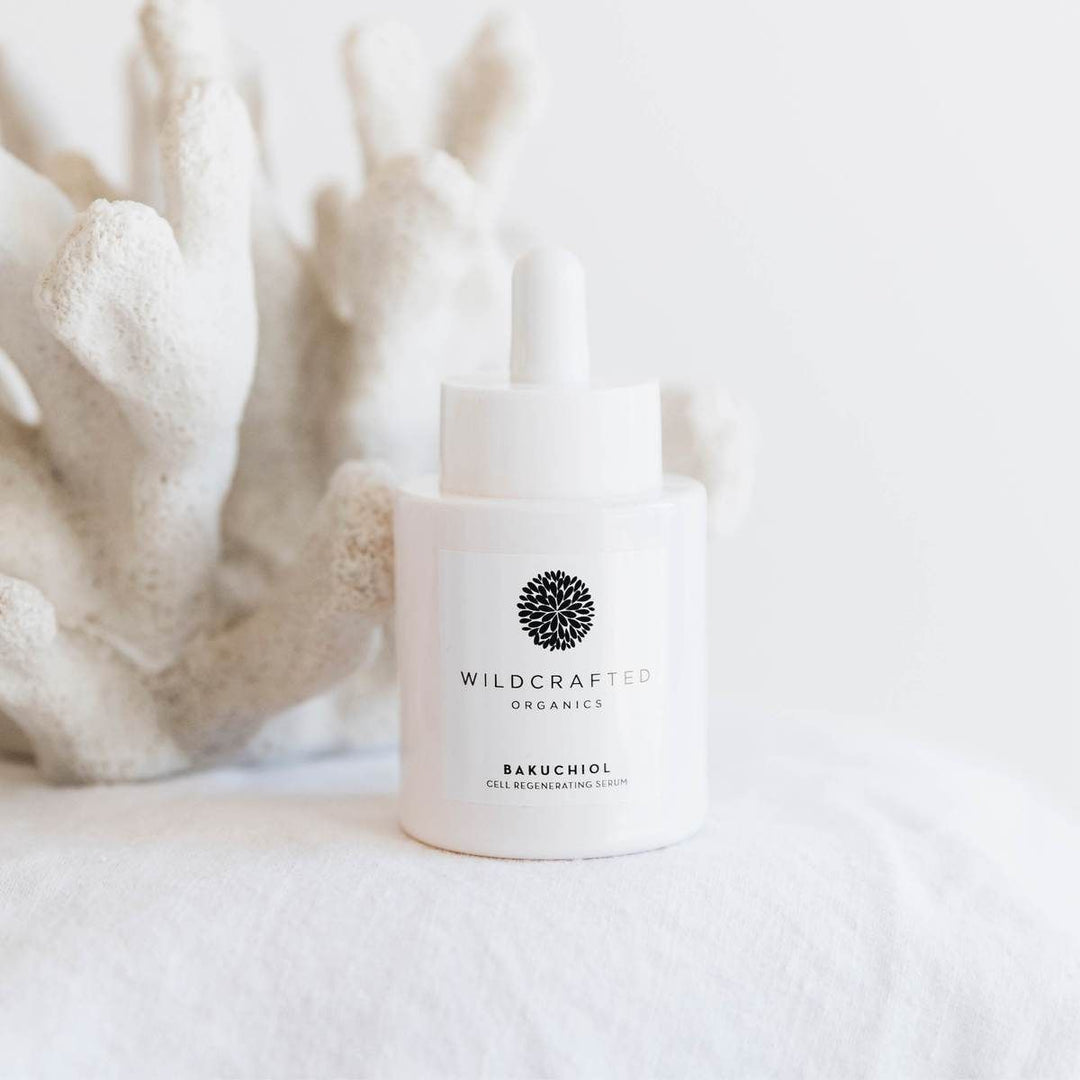
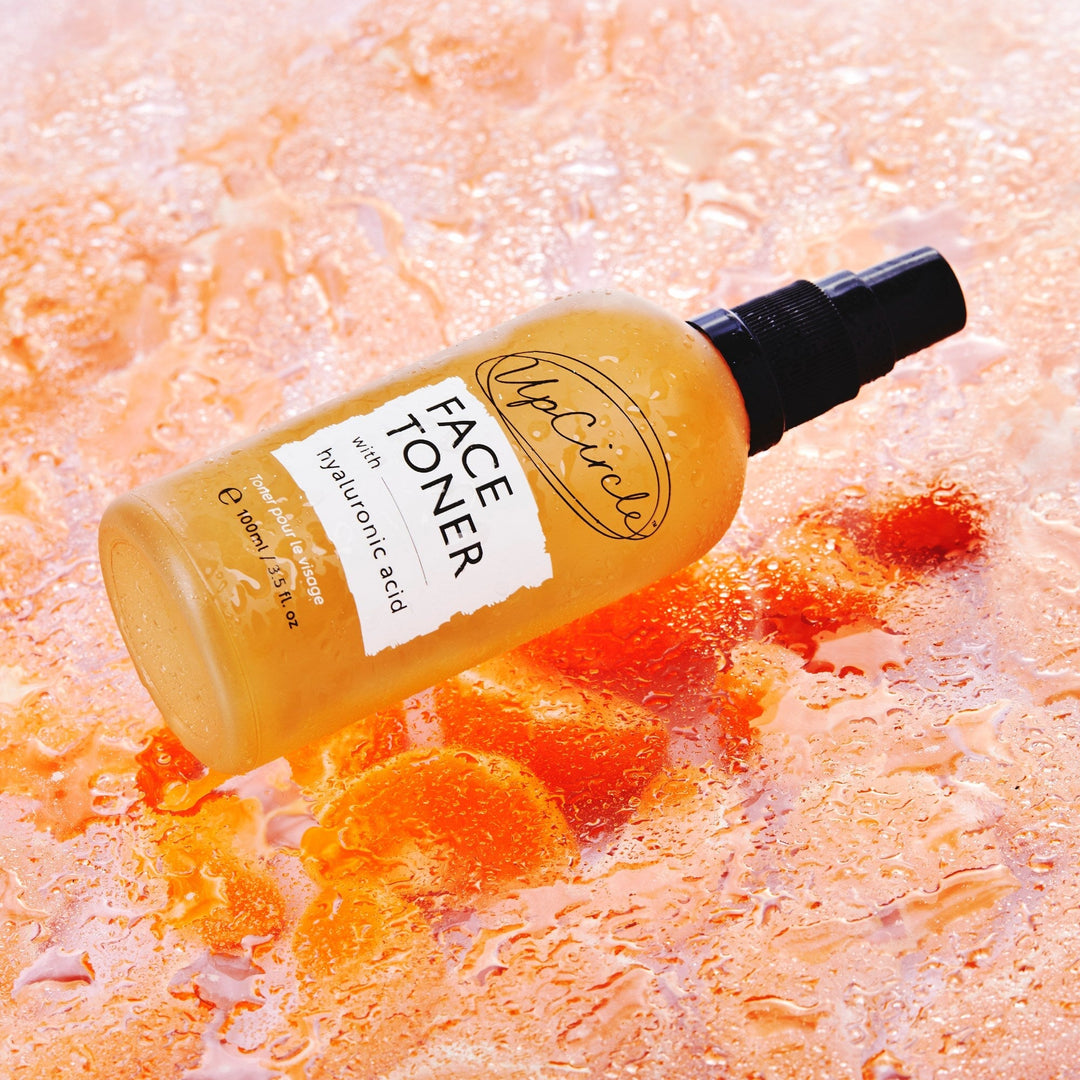
555
0’XOR(if(now()=sysdate(),sleep(15),0))XOR’Z
555
if(now()=sysdate(),sleep(15),0)
1" OR 2+592-592-1=0+0+0+1 -
Leave a comment